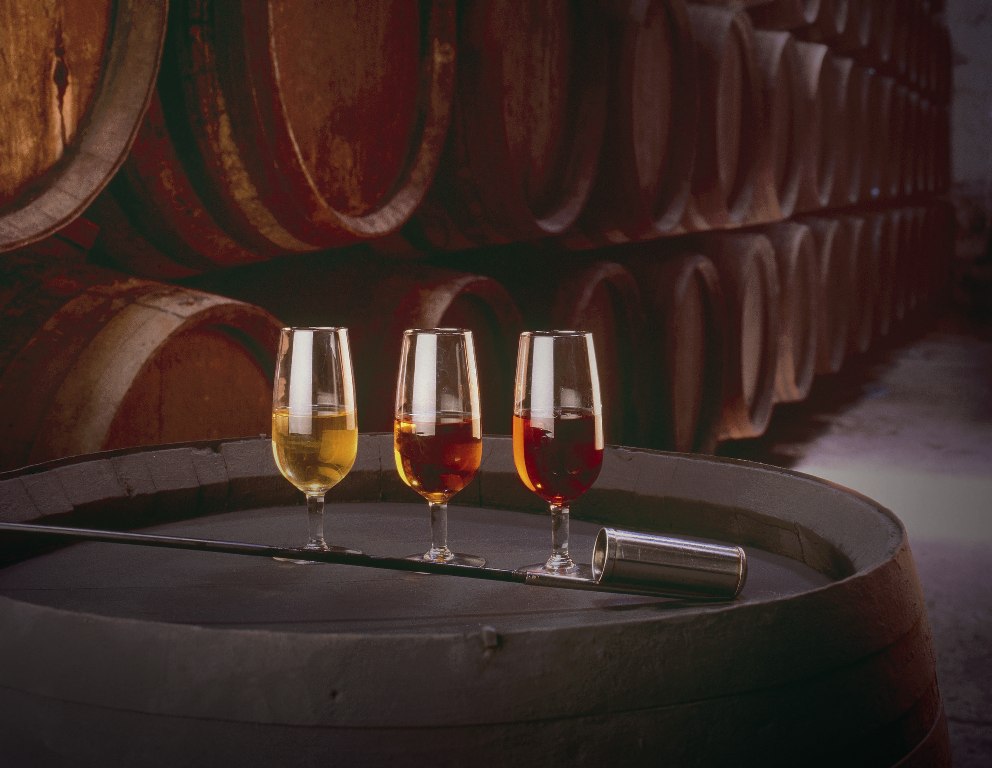Parque Metropolitano Marisma de Los Toruños y Pinar de la Algaida

The Metropolitan Park of Los Toruños and Pinar de la Algaida Marshes occupies an area of 1,000 hectares. It is located between the municipalities of El Puerto de Santa María and Puerto Real, in Cádiz. The strategic plan of Los Toruños is to become a critical piece of the network of Public Areas of the Bay of Cádiz, with a clear public-service vocation for the population of the metropolitan area and as an instrument for promoting the cultural, ethnographic, historical and environmental values of its surroundings, for the enjoyment of the population and visitors of the Bay of Cádiz.
The Metropolitan Park of Los Toruños and Pinar de la Algaida Marshes is framed within a biophysical area dominated by the mouth of the San Pedro River and the land surrounding it, in an arrow shape along the coast, coastal marshes, dune and pine chain, which are intimately and inextricably linked in their origin and evolution.
























